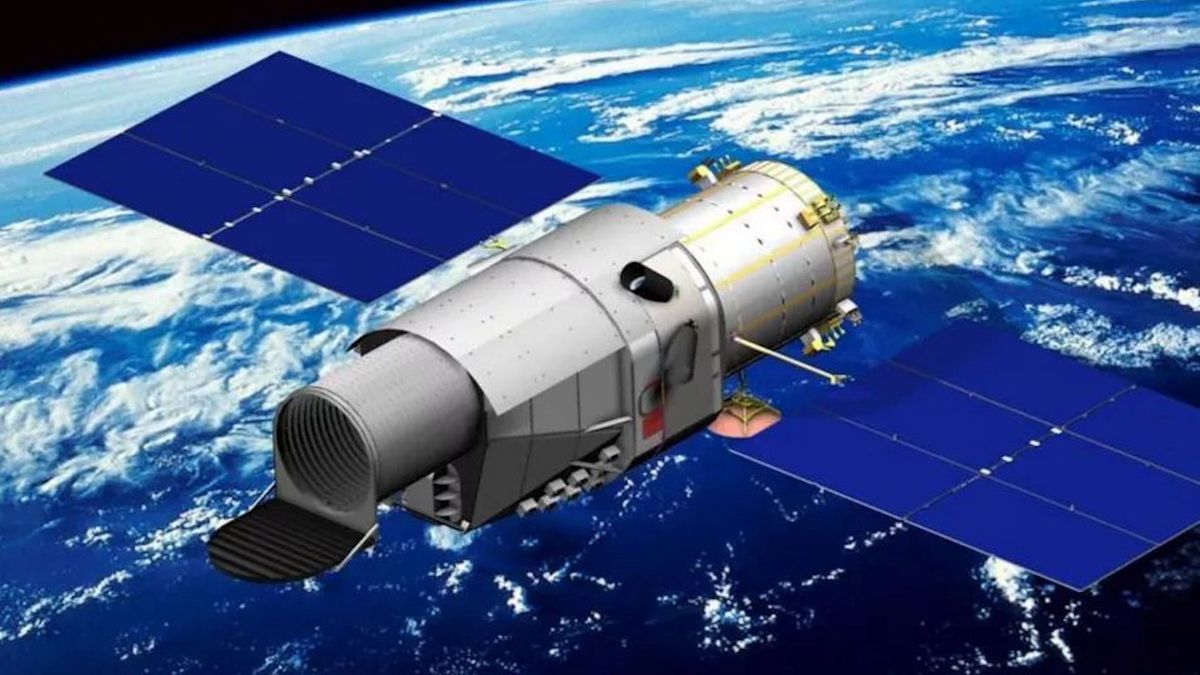
The Chinese space agency is embarking on an exciting project to create a new space telescope set to compete with the leading observatories in the field. The telescope, named the China Space Station Telescope (CSST), is designed to match the impressive capabilities of the James Webb Space Telescope (JWST), while also being uniquely repairable and upgradeable from orbit.
As part of a new generation of transformative telescopes, the CSST will join the ranks of groundbreaking instruments like the Euclid space telescope, launched by the European Space Agency in July 2023; NASA’s Nancy Grace Roman Space Telescope, which is currently in the final stages of launch preparation; and the Vera C. Rubin Observatory, a large ground-based facility that anticipates first light this summer.
These substantial observatories aim to explore a multitude of cosmic phenomena, with one of their main objectives being the investigation of profound cosmological enigmas.
Joining the ranks of these esteemed facilities, the CSST, named Xuntian in Mandarin (meaning “surveying the sky”), is poised to carry out impactful observations. Project scientists recently revealed details of the telescope’s mission in a recent publication on arXiv.
Related: Can the James Webb Space Telescope truly observe the past?
Scheduled for launch in 2026 or later, the CSST is equipped with a primary mirror measuring 6.6 feet (2 meters) in diameter. While slightly smaller than the Hubble Space Telescope, the CSST’s advanced optical systems will ensure a field of view at least 300 times greater than Hubble’s. It will observe across a wide spectrum of light, from near-ultraviolet to near-infrared.
Investigating Cosmic Mysteries
With its impressive capabilities, the CSST will undertake a variety of important measurements and analyses.
A key mission will be to analyze weak gravitational lensing. The light from distant galaxies is slightly bent as it travels to us due to the gravitational fields of intervening galaxies. By mapping numerous galaxies and detecting slight distortions in their shapes, astronomers aim to create detailed maps illustrating the distribution of matter in the universe. Such insight could shed light on the enigmatic nature of dark matter, which constitutes a significant portion of the universe’s mass and remains invisible to light.
At larger scales, the CSST will explore the statistics associated with galaxy voids and clusters. Voids represent the vast empty spaces between galaxies, whereas clusters are dense groupings of them. Understanding the characteristics of these voids and clusters—such as their sizes and distances—will provide valuable insights into the phenomenon of dark energy, a mysterious force believed to be accelerating the expansion of the universe.
Additionally, the CSST will search for supernovae and measure baryon acoustic oscillations. Supernovae act as fixed reference points for measuring distance in the universe, while baryon acoustic oscillations originate from the early universe’s plasma state billions of years ago. Both techniques are essential for comprehending the cosmos’s evolution.
The CSST will complement other leading telescopes by allowing astronomers to access various regions and distances within the universe. It is anticipated that these four world-class observatories will collaborate effectively.
Moreover, the CSST offers a notable feature emphasized by its name. After its launch, it will share an orbit with the Chinese Tiangong space station. While they won’t always be in close proximity, their orbits will often bring them together.
This arrangement facilitates the Chinese space agency’s ability to maintain the telescope, swap instrumentation, and conduct upgrades—capabilities that many other space-based telescopes lack. Consequently, while those telescopes may have limited operational lifespans, the CSST could provide continual valuable cosmological insights for many years to come.









